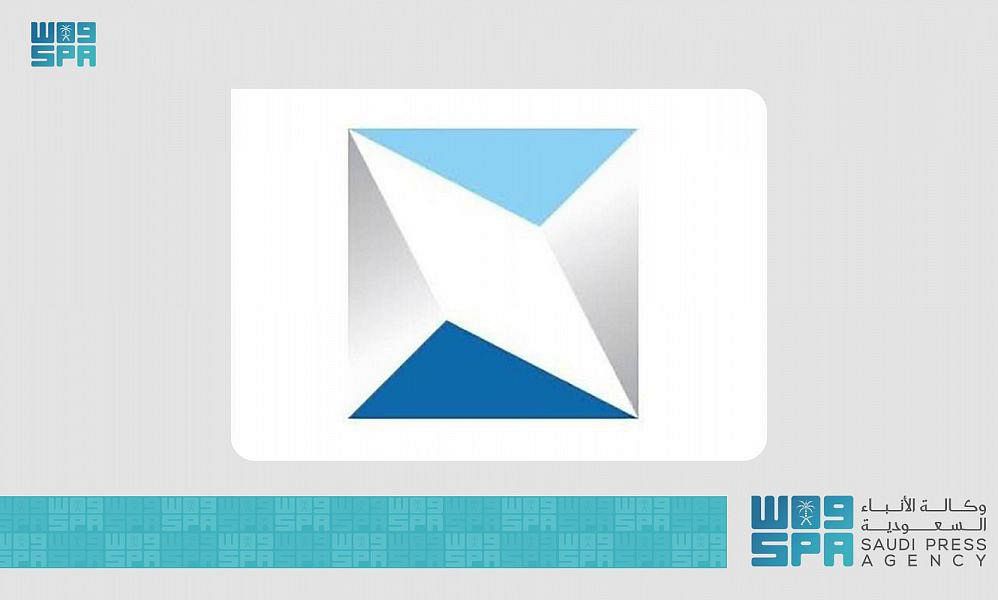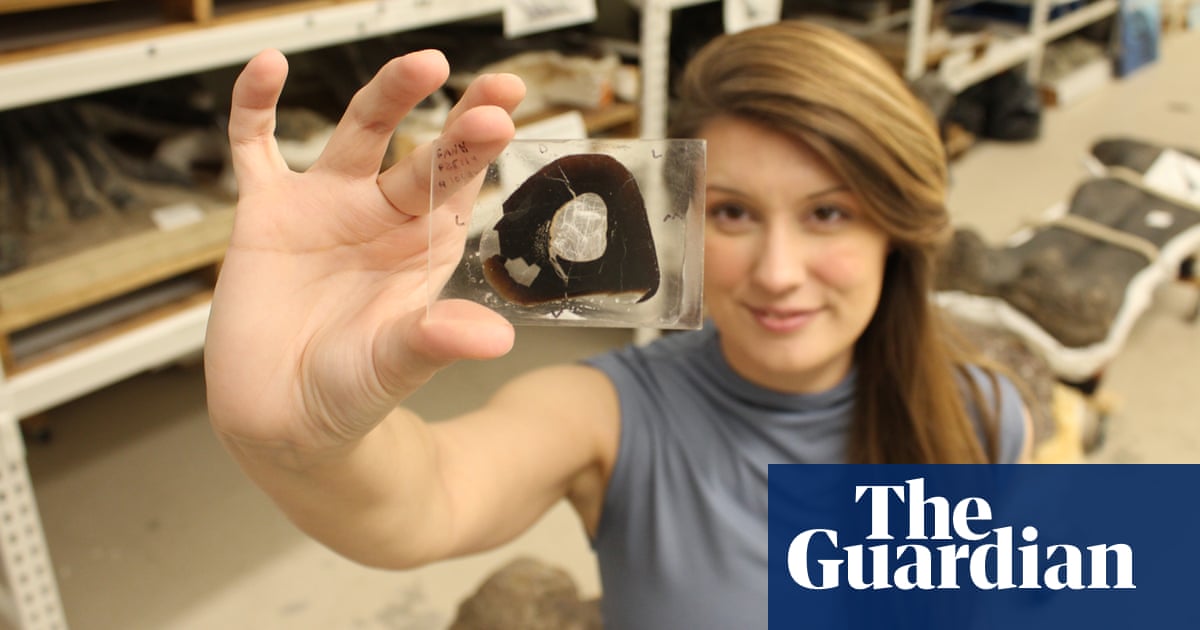
JERUSALEM/LONDON (Reuters) - The Bank of Israel spent $21 billion to try to stop the shekel’s steep appreciation in 2020, with little success. How about $30 billion in 2021?
That’s the paramount question for the central bank as it steps up its seemingly never-ending battle against huge foreign inflows and a host of other factors boosting a shekel that is increasingly hurting exporters at a time when the economy is already struggling from the coronavirus pandemic.
The shekel has firmed versus the dollar seven out of the last 10 years and chalked up gains against a basket of currencies of Israel’s main trading partners, making it one of the world’s strongest currencies. It gained some 8% against the dollar in 2019, and again last year despite central bank foreign currency purchases of $21 billion.
Officials cite the weak dollar, a widening current account surplus stemming from robust technology exports and lower imports last year amid the pandemic, large foreign direct investment into Israeli high-tech firms, and higher foreign flows into Israeli government bonds as underpinning the shekel.
Now, hopes for a healthy domestic recovery thanks to a rapid COVID vaccination rollout that will see the population almost fully inoculated by April, and more investment stemming from normalisation deals with Arab countries, adds yet more pressure.
“It will be great for their domestic consumption and growth number – first in, first out,” said Eric Baurmeister, head of emerging markets fixed income at Morgan Stanley Investment Management.
Yet a further 3% shekel rally in the first two weeks of 2021, pushing the currency to a 24-year peak of 3.11 per dollar, turned into a red line for policymakers.
Reluctant to lower interest rates below the current 0.1% level, the central bank surprised markets, announcing it would up FX purchases to $30 billion this year.
“It has certainly made the market sit up and notice,” said Neil Corney, country chief of Citi Israel, who believes volatility will decline.
“If they hadn’t come in when they did, it’s probable we’d have seen (more) new lows on the dollar-shekel.”
Corney does not expect this to spur markets to short the shekel, but does expect policymakers will be happy as long as investors are not actively speculating for the currency to appreciate.
For now, the plan has worked. The shekel has slipped 5% to 3.28 since the Bank of Israel announcement. Analysts believe speculative flows have been mostly scared away.
The announcement bore echoes of 14 years ago when the central bank declared it would temporarily buy $25 million of forex a day, and then upped that to $100 million. Since then, the Bank of Israel has bought well over $100 billion, lifting foreign currency reserves to $173 billion.
“The question is..., is $30 billion enough?” Corney said.
Andrew Abir, the Bank of Israel’s deputy governor, certainly hopes so. He told Reuters last week the central bank was trying to prevent an “over-appreciation” and was prepared to buy more than $30 billion if necessary.
He also predicted some of the forces behind last year’s shekel boost “may not be as firm” in the second half of 2021.
The central bank has been reluctant to cut the benchmark rate to zero or below, questioning the impact of such a move.
Israel is not alone in grappling with a stronger currency.
South Korea, Taiwan, Thailand and Poland have either intervened in their foreign exchange markets or taken other steps to try to prevent fragile economic recoveries being snuffed out.
Israeli exporters argue they need a dollar-shekel rate of at least 3.40 to properly compete. But analysts doubt the central bank will be able to reverse the firming trend over the medium term, with 2021 estimates largely in a 3.20-3.35 range.
“These efforts are more likely to slow the pace of the shekel’s long-term trend of appreciation, rather than reverse it,” JPMorgan strategist Sean Kelly said in a report predicting the shekel at 3.25 by year-end. Being neutral, Kelly said he would “look to enter long positions in any significant back-up.”
Goldman Sachs is sticking to a 3.20 rate set last month, citing macro fundamentals such as strong FDI flows that reached $20 billion in 2020, as well as resilient service exports given Israel’s strong position in global technology.
Others think the shekel could weaken more substantially.
Barclays is standing by a 3.35 level, forecasting the current account surplus to narrow to $15 billion in 2021 from $20.7 billion in 2020. FDI is also expected to dip this year.
The central bank’s plan to buy more forex than its current account position this year “sends a clear signal that it is prepared to do everything within its means to not only prevent excessive currency strength, but to also engineer some weakness if possible,” said Barclays economist Michael Kafe.












